If you’re struggling with hard-to-fill holes in your rota, you’re not alone. There’s never been a veterinary skills shortage like this one.
The pandemic pet boom, work backlogs, Brexit, on-again-off-again IR35 reforms, the Great Resignation, and the ongoing mental health crisis have created a perfect storm. What can you do? Here are our top five tips to fill gaps in your rota quickly.
Pay overtime
Strange as it may seem, most industries do pay people for overtime. Admittedly, overtime in most industries rarely involves saving a puppy–but the importance of vets’ and vet nurses’ work is no reason to expect them to do it for free. If anything, it’s all the more reason to compensate them fairly for their time, whether with extra pay or time off in lieu.
Manage the diary
Good diary management can make a huge difference when you’re short-staffed.
- Cancel routine appointments and elective surgeries when someone is off sick.
- Liaise with other local practices and see if you can fill in for each other.
- Leave about 30% of appointments as “book on the day” and limit vaccine appointments so you always have room for emergencies.
- Book time for breaks. Working through lunch should be an exception in emergencies, not the rule.
- Consider shortening opening hours or temporarily closing branch surgeries.
Embrace flexible working
Flexibility can both help you fill gaps and help you hold on to the staff you have left.
Try staggered shifts or flexitime with an agreed core of 5 or so hours in the middle of the day–either approach will help you keep the whole day covered and give those who want to get away early a better chance of doing so.
Other approaches to consider include flexible day length (maybe some staff would rather work four longer days than five shorter days, for instance) and term-time working for parents–after all, some cover is better than none, and you can schedule routine appointments when you have more staff.
Shift responsibility downwards
Take the burden off vets and vet nurses by moving tasks one step down the hierarchy. Most vet nurses spend a fair chunk of their day on tasks that don’t require a qualified RVN to do them. Pass as much of this work as possible on to veterinary care assistants, and you free your nurses up to do more consultations, blood samples, second vaccines, triage, and inpatient care–freeing up vets in turn to handle the work only they can do.
Go virtual
Virtual consultations and video triage can save you a lot of time and enable staff to do some of their work from home, which will help with employee retention. Having an RVN do some video triage in the morning can filter out clients who need to be seen from those who just need a bit of advice and reassurance.
And finally, a more permanent solution
While all these fixes will help in the short term, the only long-term solution is hiring. If you’re finding that difficult to impossible right now, we can help you. With our expert industry knowledge and unparalleled connections, we’ll tap you into the talent pools you’re missing. Get in touch today to discover how you can solve your staffing problems.








